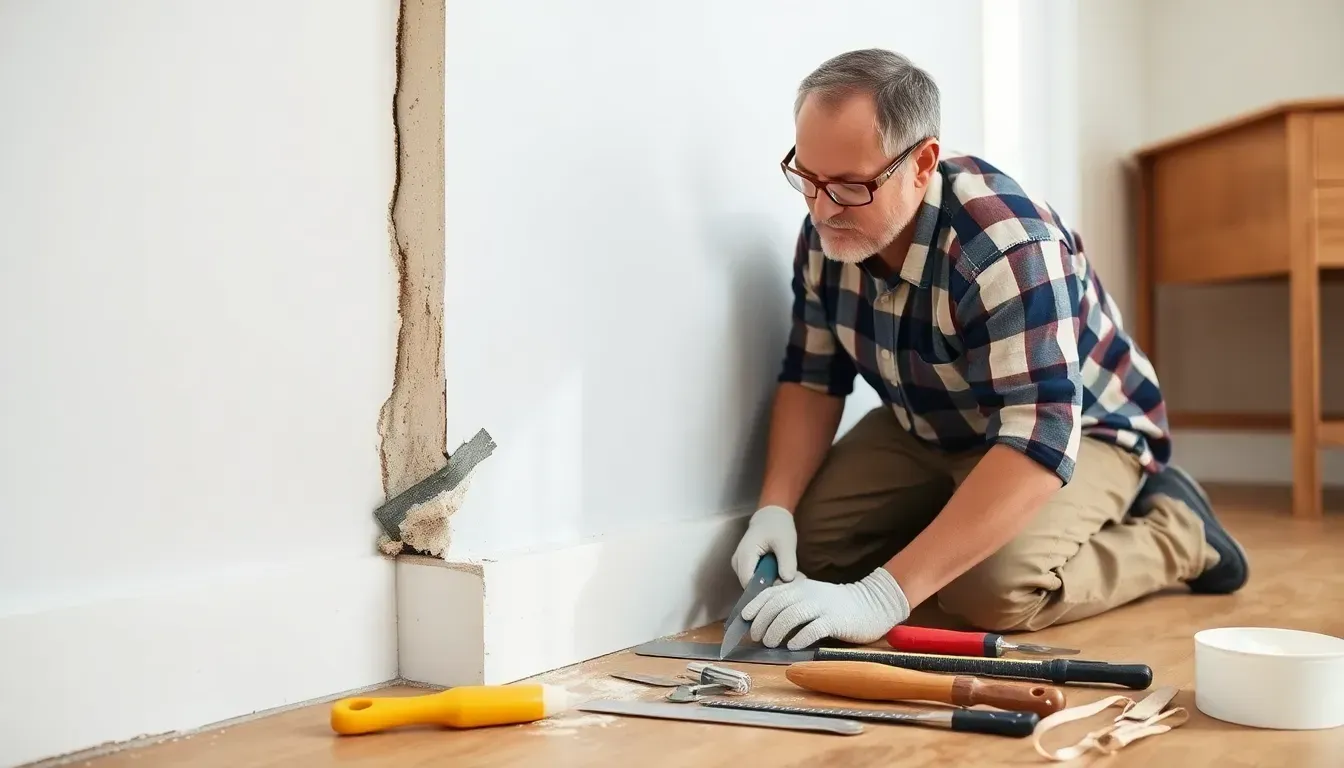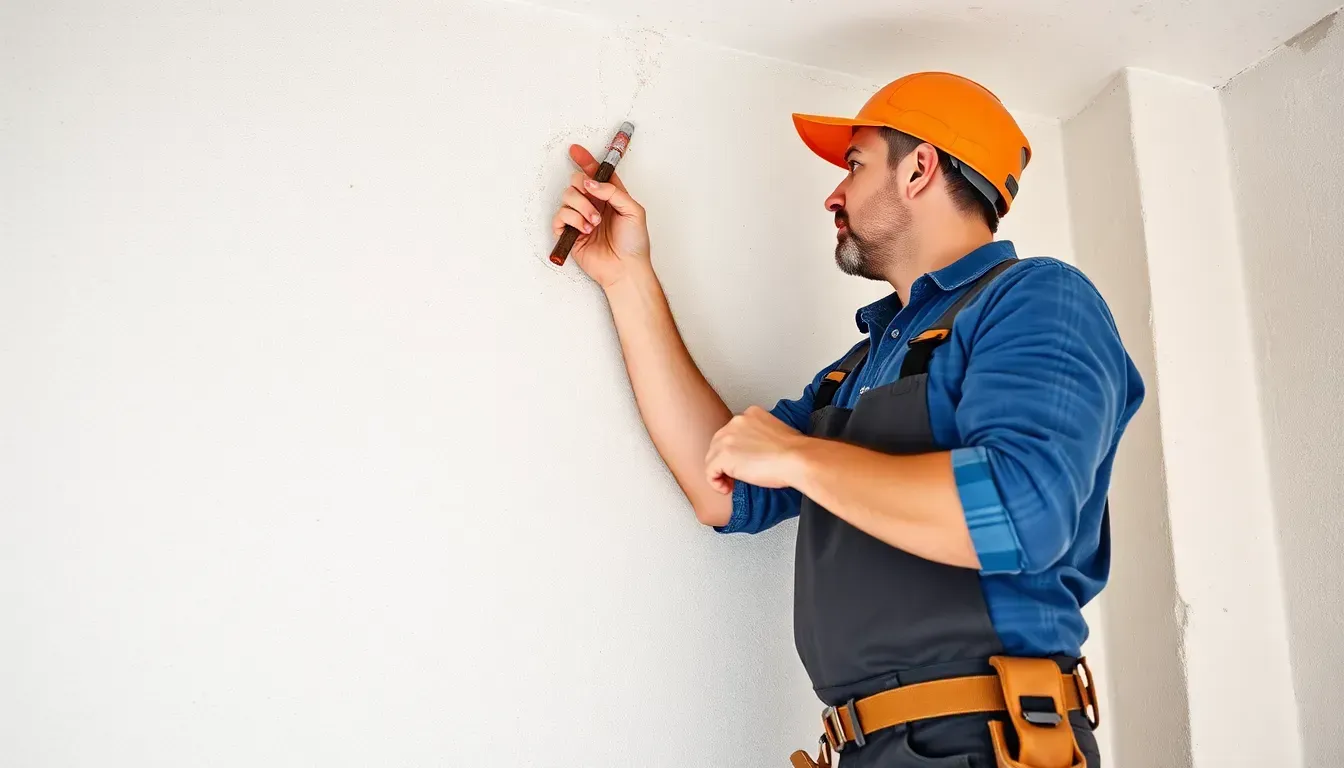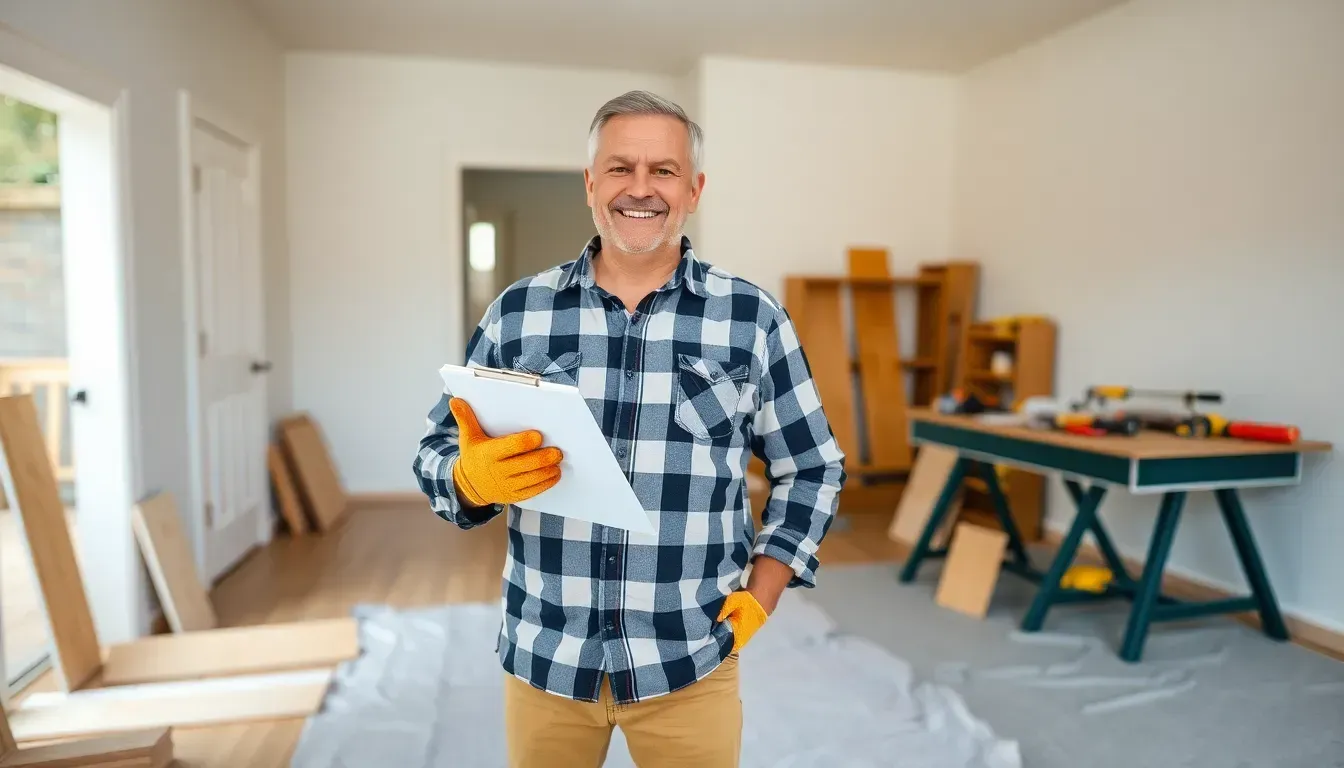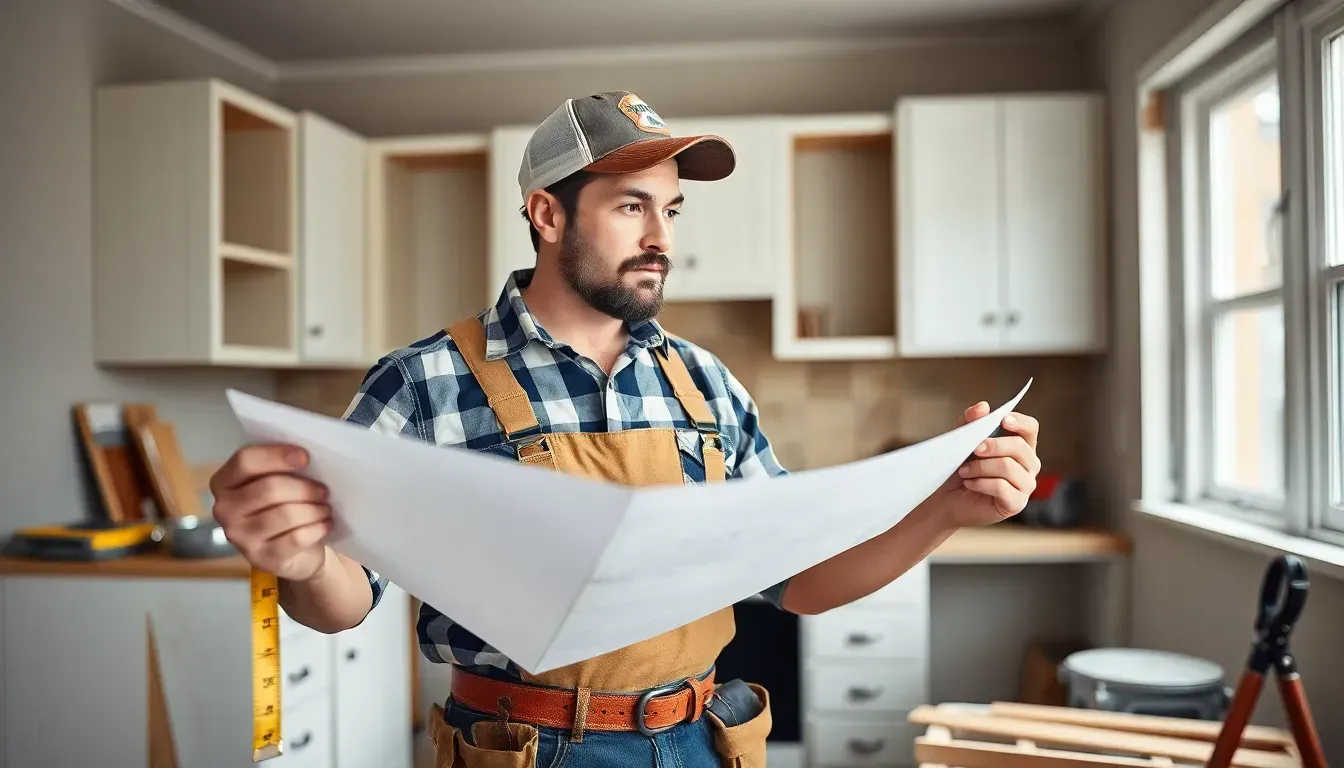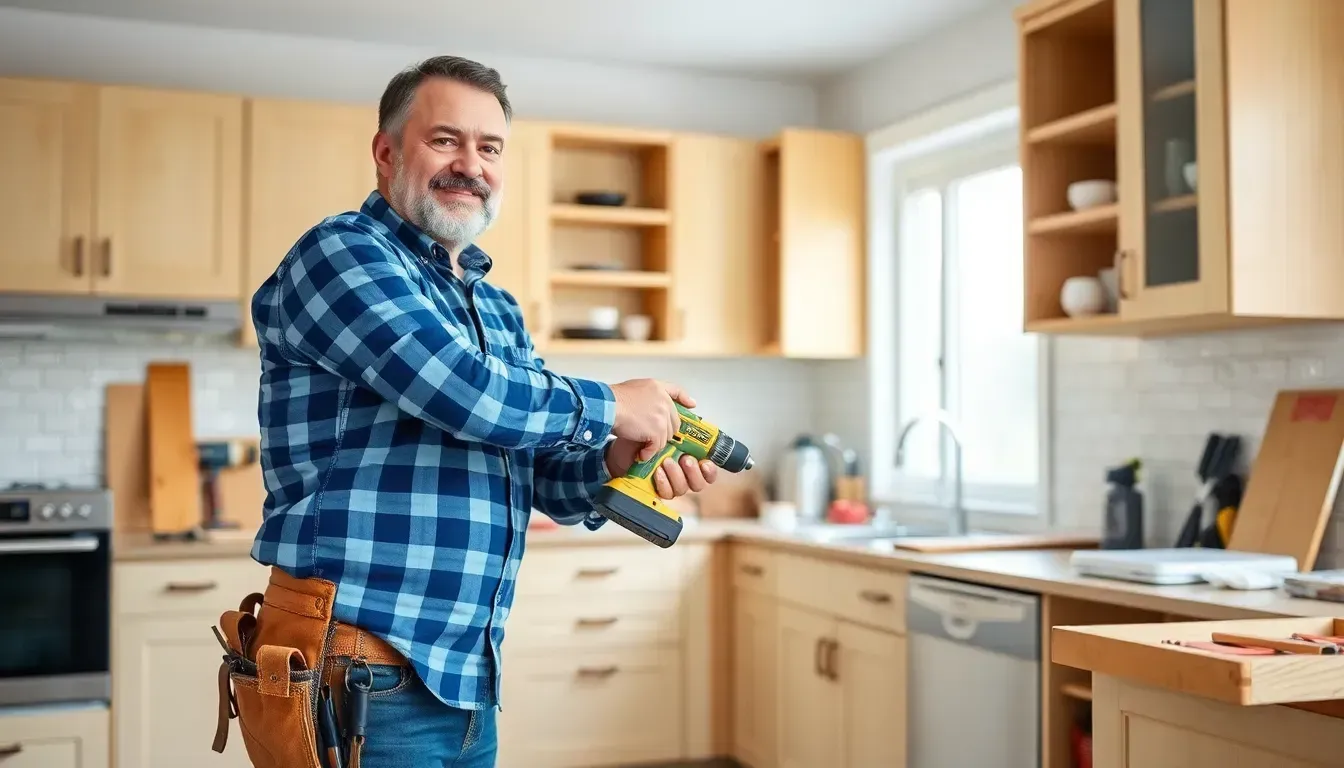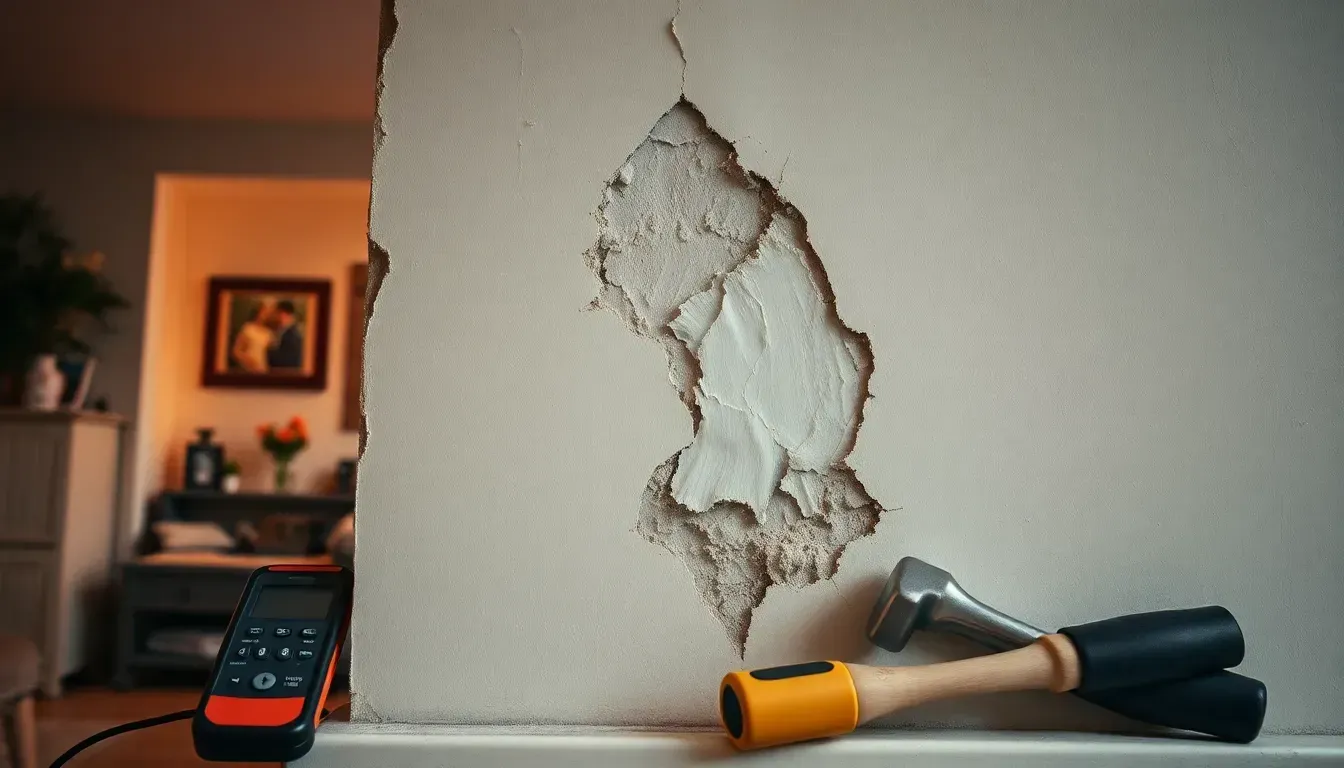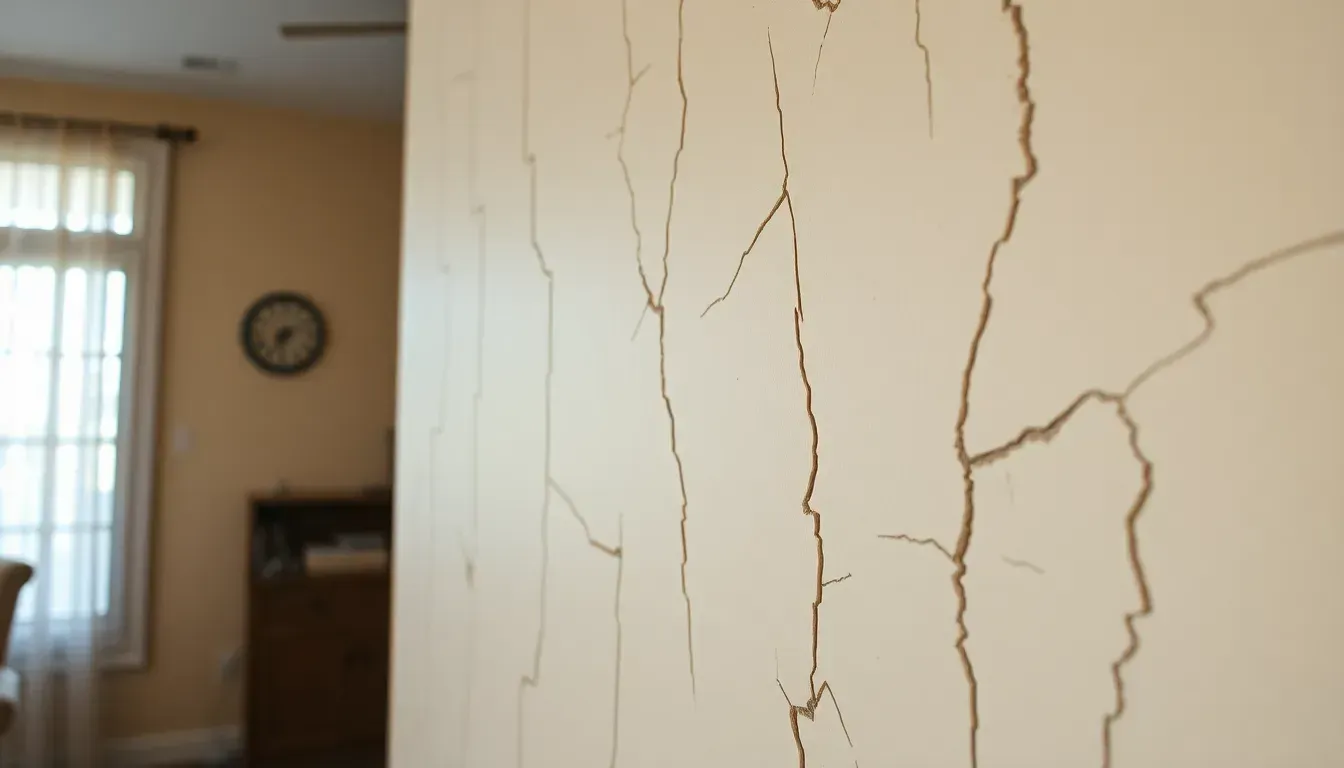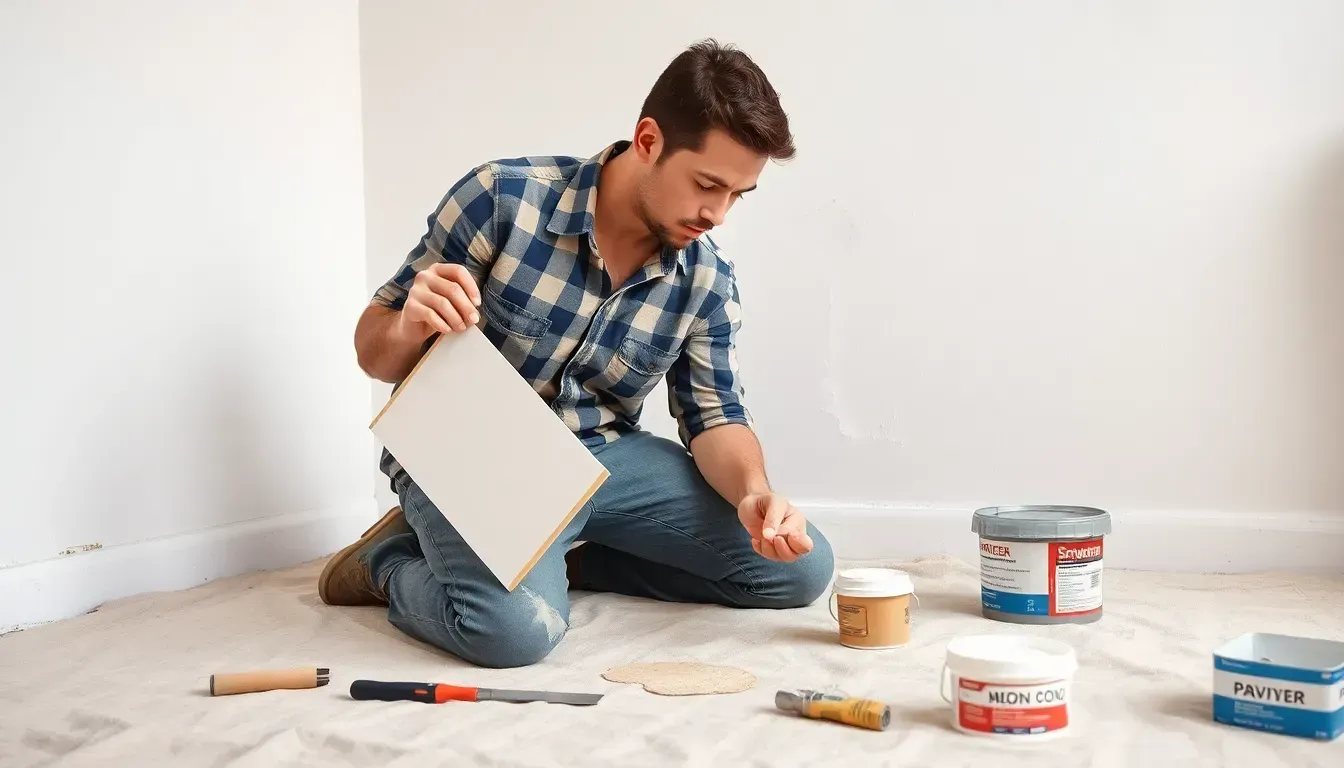The Virtual Shift: How Home Inspections are Going Digital
The impact of virtual home inspections on the real estate scene has been profound and revolutionary. Here's a quick takeaway:
- Convenience: Inspect homes remotely from any location.
- Efficiency: Faster turnaround times for assessments.
- Wider Reach: Access properties in remote or underserved areas.
- Potential Misrepresentation: Risk of inaccuracies without in-person verification.
Advancements in technology are reshaping industries we've long considered traditional, and real estate is no exception. The shift toward virtual home inspections is changing how buyers and sellers approach property transactions. Offering convenience and efficiency, these digital inspections make the process smoother and more accessible.
But, with all innovations, virtual home inspections have their challenges. While they allow wide market reach and faster processing, buyers need to be wary of potential misrepresentation issues—photos and videos can sometimes present an idealized view of reality.
In virtual inspections, savvy use of digital tools can safeguard your investment, ensuring clear communication and reliable assessments.
The Impact of Virtual Home Inspections
Remote property inspections are changing the real estate industry. They offer a unique mix of convenience and efficiency that traditional inspections struggle to match. Now, buyers can tour homes from anywhere in the world, removing geographical limits and making the process smoother for everyone involved.
Consumer Preferences
In the world of real estate, consumer preferences are shifting. People want quick and easy access to information, and virtual home inspections deliver just that. Instead of spending weekends visiting multiple properties, buyers can now view several homes in a single afternoon from their couch. This flexibility is especially appealing to those relocating or investing in properties far from their current location.
Efficiency
Virtual home inspections offer significant efficiency. Using video calls, drones, and virtual reality, buyers can assess properties quickly without traveling. This approach saves time and speeds up the home-buying process. Buyers can narrow their choices faster, focusing on properties that meet their criteria.
However, it's crucial to acknowledge the potential downsides. While virtual inspections offer many benefits, they may also lead to potential misrepresentation. Photos and videos can sometimes paint a rosier picture than reality. Buyers should be cautious and consider supplementing virtual tours with in-person visits when possible.
Conclusion
Virtual home inspections are changing how we buy homes. They make the process easier and quicker. As technology keeps improving, these inspections will become even more important in real estate.
As technology evolves, so do the methods we use to inspect homes. Digital twins, virtual reality, and video conferencing tools are at the forefront of this change, making virtual home inspections more effective and reliable.
Digital Twins
Digital twins are virtual replicas of physical spaces. They allow inspectors to view a property in 3D, providing a detailed and accurate representation. This technology helps identify potential issues that might be missed in traditional 2D images or videos.
- Example: An inspector can explore a home's layout, check room dimensions, and even see the condition of fixtures without setting foot inside. This is particularly useful for large properties or those located far away.
Virtual Reality
Virtual reality (VR) elevates home tours, allowing potential buyers to immerse themselves in a property, walking through rooms and examining details as if in person.
- Advantages:
- Immersive Experience: Buyers get a true sense of space and design.
- Convenience: View multiple properties from the comfort of home.
Video Conferencing Tools
Tools like Zoom and FaceTime play a crucial role in virtual inspections. They enable real-time communication between buyers, sellers, and inspectors, allowing for interactive and dynamic property assessments.
- Benefits:
- Real-Time Interaction: Buyers can ask questions and request specific views.
- Flexibility: Inspections can be scheduled more easily, without the need for travel.
These technological advancements are not just enhancing the inspection process; they are revolutionizing it. Integrating digital twins, VR, and video conferencing makes virtual inspections more precise, efficient, and accessible. As these tools continue to improve, they will undoubtedly play a pivotal role in the future of real estate.
Pros and Cons of Virtual Home Inspections
Convenience
Virtual home inspections offer unparalleled convenience. Prospective buyers can explore multiple properties without leaving their homes. No more juggling schedules or spending weekends driving around. With a few clicks, you can tour homes and even zoom in on details like kitchen countertops or bathroom fixtures.
Accessibility
Virtual inspections overcome distance limitations, connecting lenders and clients worldwide. Whether you're considering a move to another city or are interested in a property across the country, virtual tours let you assess homes from anywhere. This opens up a wider range of options, making it easier to find the perfect fit.
Limited Perspective
Despite their advantages, virtual inspections have limitations. A virtual tour might miss subtle details, like the feel of a carpet or the faint smell of dampness. These are things you notice only when physically present. So, while virtual inspections give a good overview, they can't fully replace the depth of an in-person visit.
Potential Misrepresentation
There's also the risk of potential misrepresentation. A virtual tour could present a home in the best light, glossing over flaws or issues. For example, a video might not show a leaky roof or creaky floorboards. This makes it crucial to follow up with a professional inspection before finalizing any purchase.
Virtual home inspections are reshaping how we view properties. They offer convenience and accessibility like never before, but it's important to be aware of their limited perspective and the risk of potential misrepresentation. As technology continues to evolve, these tools will only become more integrated into the home-buying process, offering both challenges and opportunities for buyers and sellers alike.
Enhancing the Lending Process with Virtual Inspections
Virtual home inspections are changing the lending process, offering speed and cost-effectiveness that traditional methods struggle to match. For lenders, this digital shift means more efficient operations and broader market access.
Speed
Virtual inspections significantly cut down the time it takes to evaluate a property. Instead of waiting days or even weeks for an in-person inspection, lenders can receive a detailed report in a matter of hours. This rapid turnaround allows for quicker decision-making, helping homebuyers move forward with their plans without unnecessary delays.
Cost-Effectiveness
Virtual inspections cut down on travel and manual work, saving money. These savings can make loans cheaper for consumers. Technology also reduces human error, leading to more accurate assessments. This precision prevents the need for costly re-inspections.
One of the biggest advantages of virtual inspections is their ability to break through geographical barriers. Lenders can now serve clients in remote or underserved areas where traditional appraisal services are scarce. This expanded reach not only helps more people access loans but also opens up new opportunities for lenders to grow their business.
Incorporating virtual inspections into the lending process helps lenders serve their clients more effectively. Faster, cheaper, and more inclusive, these digital tools are paving the way for a more streamlined and accessible lending experience.
Frequently Asked Questions about Virtual Home Inspections
What is a virtual home inspection?
A virtual home inspection uses remote technology to evaluate a property's condition without being there physically. It's like a digital walkthrough. Inspectors use video calls, drones, or virtual reality to see the property. A person on-site guides the inspector with a camera, showing areas like the roof, basement, and plumbing. This method breaks down geographical barriers, letting buyers and inspectors evaluate homes from anywhere.
How do virtual inspections compare to traditional ones?
When comparing traditional vs virtual inspections, each has its strengths and weaknesses. Traditional inspections involve a physical visit, allowing inspectors to see, touch, and smell everything firsthand. This can help spot issues like odors or material quality, which might be missed virtually.
Virtual inspections, however, offer the greatest convenience and speed. Buyers can view multiple homes in a day without traveling. They can zoom in on details and revisit the tour anytime. Still, the inspection accuracy might be compromised by technology limitations, like poor video quality or connectivity issues.
Are virtual home inspections reliable?
The reliability of virtual home inspections depends on several factors. High-quality video feeds and skilled on-site guides improve accuracy. However, there's always a risk of misrepresentation. Some details might not be visible on camera, and technical glitches can disrupt the inspection.
Switching to virtual inspections has sped up permit processing and cut costs in many cities. For instance, the City of Sun Prairie in Wisconsin saw a drastic reduction in permit issuance time. It went from 30 minutes to just 30 seconds. This example highlights how virtual inspections can make the permit process quicker and more accessible.
Thus, while virtual inspections offer many benefits, they require careful execution to ensure they are as effective as traditional methods. Enhancements in technology and processes can streamline adoption, ensuring virtual inspections are a reliable asset in real estate.
Conclusion
Accurate Home and Commercial Services is at the forefront of integrating virtual home inspections into their offerings. Based in Conroe, TX, they serve the Greater Houston area with a commitment to customer satisfaction and property safety. Their extensive experience and attention to detail ensure that every inspection, whether virtual or in-person, meets high standards.
The shift to virtual inspections has revolutionized how properties are evaluated. It offers convenience and accessibility, allowing inspections to happen without the need for physical presence. However, it's crucial to approach this method with caution to avoid misrepresentation. Accurate Home and Commercial Services leverages cutting-edge technology to mitigate risks and deliver comprehensive property evaluations.
By using digital tools, Accurate Home and Commercial Services improves the inspection process, making transactions faster and broadening market access. This approach meets the growing consumer desire for digital options, ensuring efficient and clear real estate transactions.
For more information on how Accurate Home and Commercial Services can assist you with your home inspection needs, visit their home inspections page. Here, you can explore their services and learn how they ensure the safety and satisfaction of their clients.
Choosing Accurate Home and Commercial Services means you have a reliable partner to safeguard your property investment.
